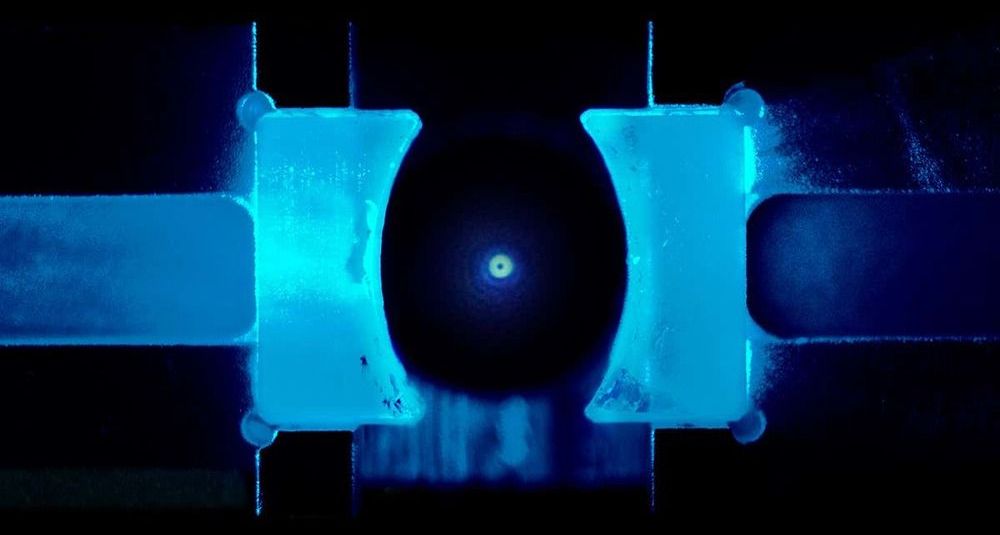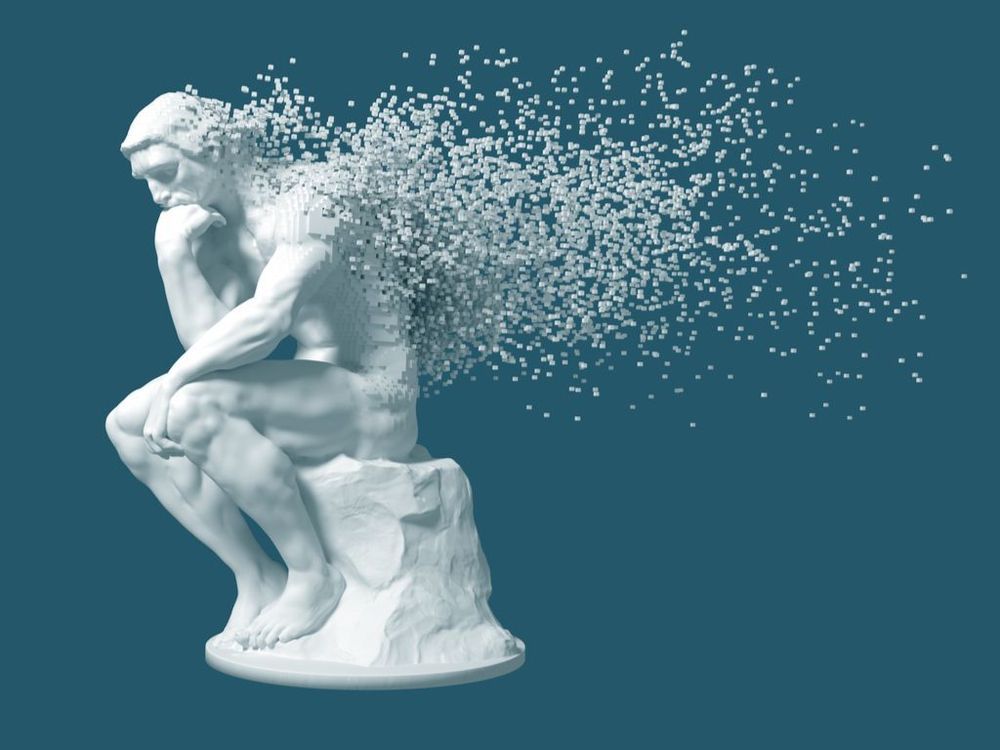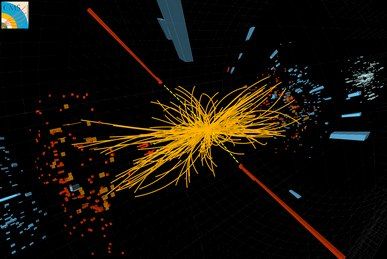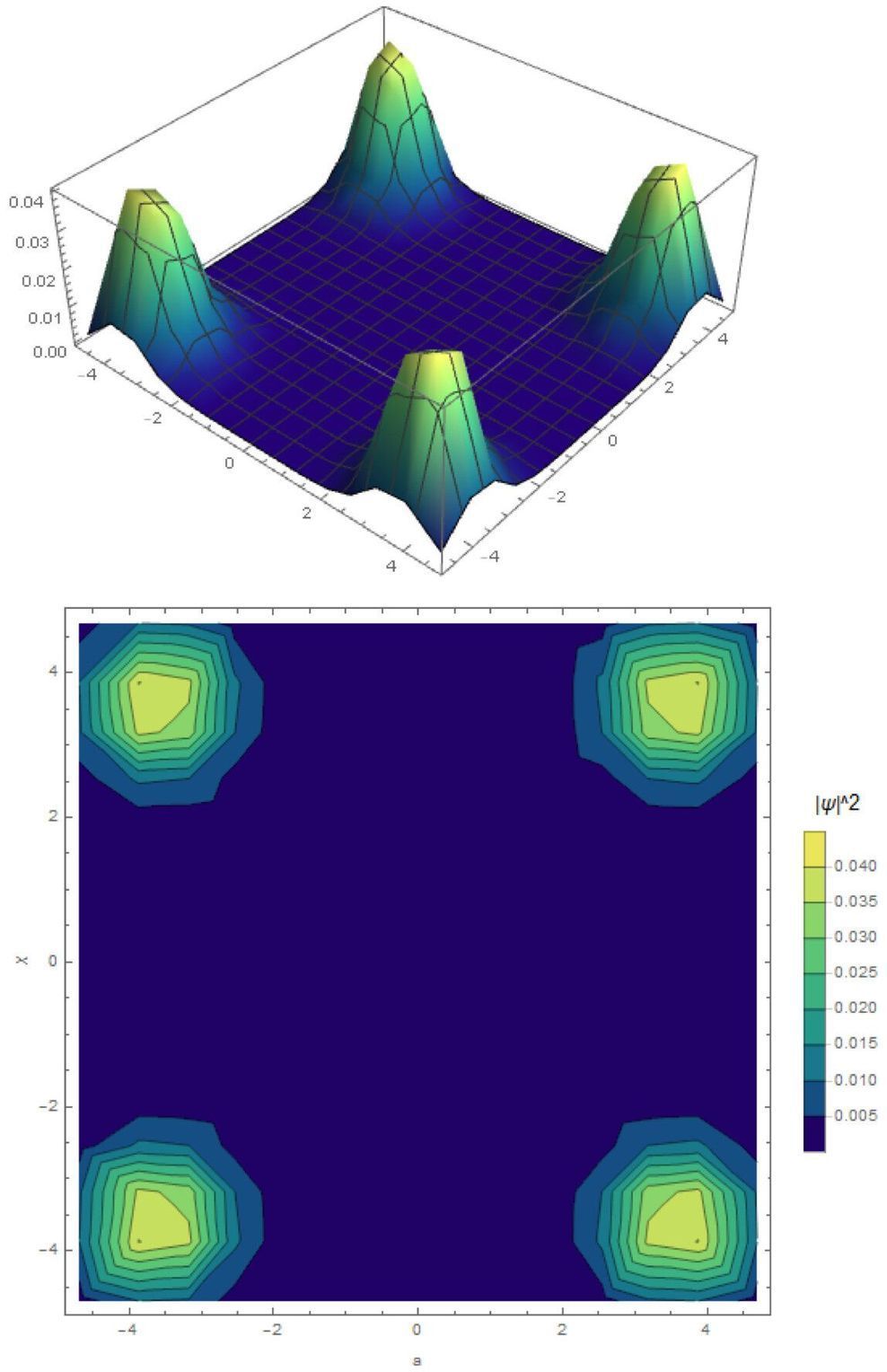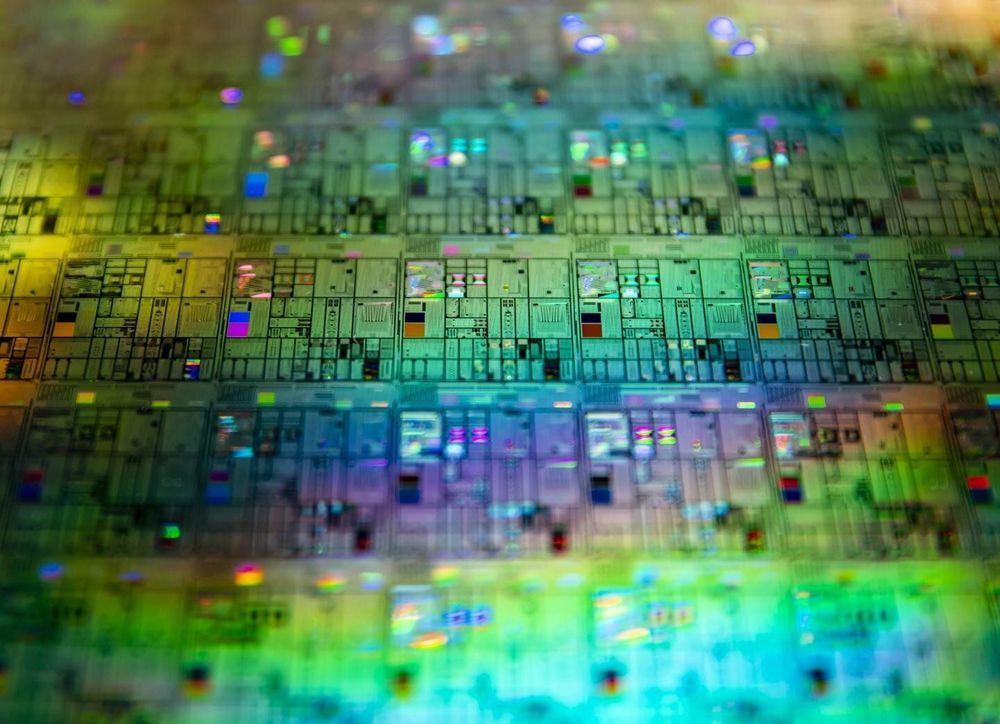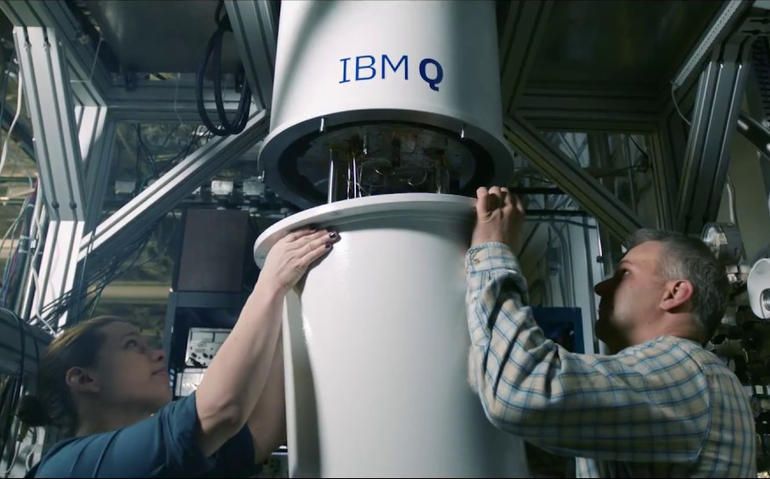A new method for manipulating the quantum state of particles could one day allow us to observe an object in two places at once. The technique has been used to chill a tiny glass bead into its coldest possible quantum state.
Once you get down to extremely small scales, heat and motion are interchangeable: the more a particle is moving, the hotter it is. So to cool down a small particle, you have to stop it moving. Because the rules of quantum mechanics mean you can never know exactly how fast a particle is moving, there is a limit to how cold a particle can get. When a particle is at that limit, we call it the particle’s ground state.
